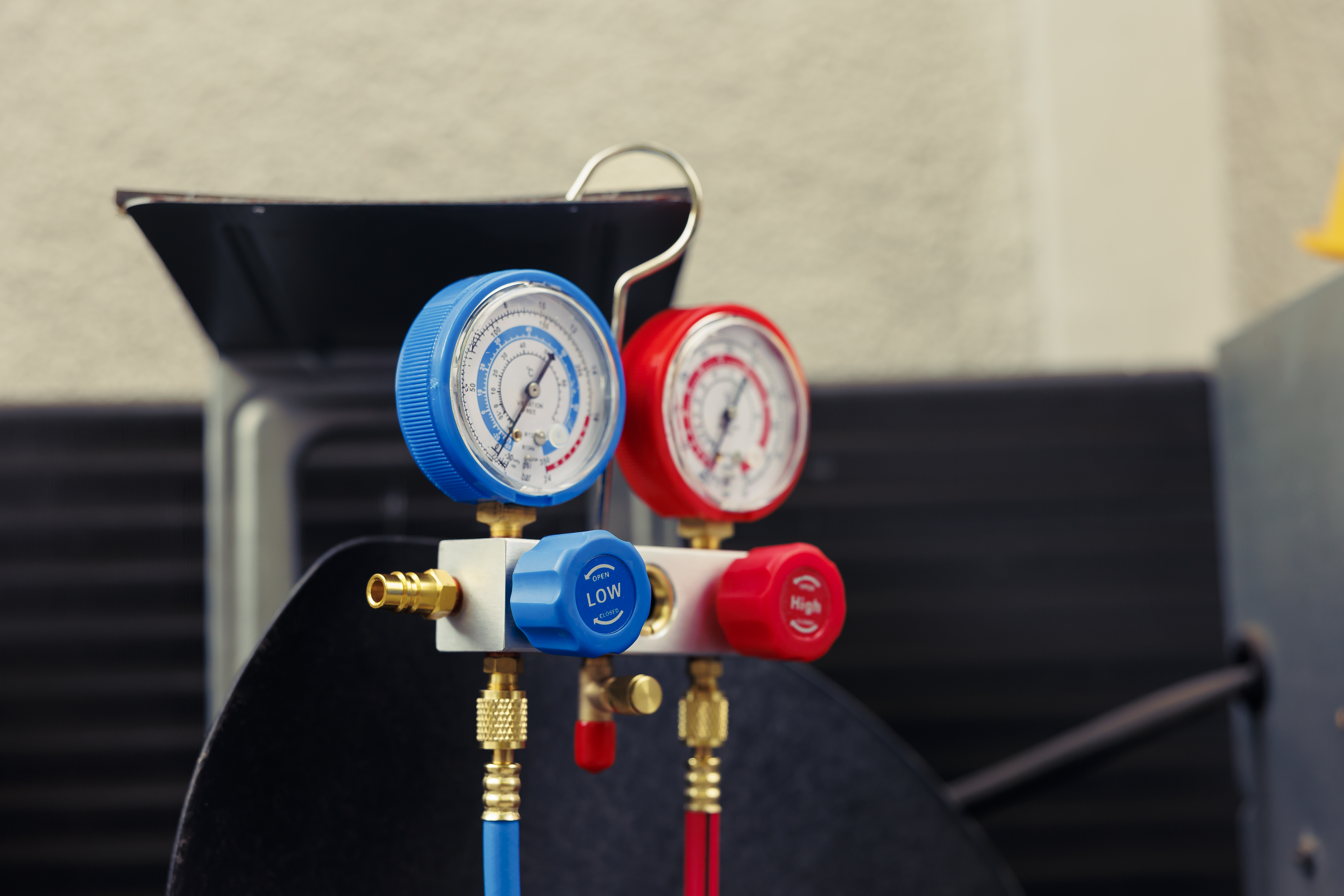What Is a Wet Gas Compressor?

If you’re working in oil refining or gas processing, you’ll often run into the challenge of handling gas streams mixed with liquids. That’s where a wet gas compressor comes in, keeping your operations stable and efficient even when there’s moisture or condensate present. The design and function of these machines go beyond standard compressors, offering unique solutions tailored for demanding environments.
Key Functions and Applications of Wet Gas Compressors
Wet gas compressors are critical in handling gas streams mixed with liquid components in refining processes.
They're specifically designed to compress both gas and entrained liquids, making them vital in systems such as Fluid Catalytic Cracking (FCC) and Delayed Coking Units (DCU). In these applications, wet gas compressors help maintain reactor pressure by effectively managing gas flow.
They play a key role in stabilizing the refining process and preventing operational disruptions by ensuring consistent pressure differentials. Additionally, advanced surge control mechanisms, which recycle gas to prevent flow fluctuations, enhance compressor performance and maintain operational stability.
Available in both fixed and variable speed configurations, these compressors provide the necessary flexibility to adapt to varying conditions in refining operations.
Core Components and Design Features
Wet gas compressors are designed to operate in demanding conditions where gas and liquid are present together, requiring specific components for effective performance.
In centrifugal compressors, impellers are critical for managing both gas and liquid phases, ensuring efficient flow handling. The casing is built to withstand high pressures, providing structural integrity and safety.
Bearings are precision-engineered to reduce friction and support smooth operation, while advanced sealing systems prevent gas leaks and maintain system reliability.
Additionally, integrated cooling mechanisms are often incorporated to manage the heat produced during compression, enhancing the compressor's efficiency and durability in challenging wet gas applications across various industrial sectors.
Modern wet gas compressor technology continues to evolve with innovations in materials science and computational fluid dynamics, allowing for greater operational efficiency and reduced maintenance requirements.
Operating Principles and Performance Factors
Having examined the fundamental components and design aspects, it's essential to consider how these factors influence the operation and performance of wet gas compressors.
In wet gas compression, rotating impellers are used to increase the pressure of a gas-liquid mixture. The presence of liquids can significantly reduce efficiency, making it necessary to carefully monitor temperature and pressure conditions.
Multi-stage configurations with inter-stage condensing enhance efficiency by cooling the mixture and partially separating the gas. Surge control systems are critical for maintaining stable gas flow and preventing operational issues.
Regularly reviewing flow-polytropic head and efficiency curves is advisable to ensure the compressor operates effectively, particularly when approaching choke points.
Maintenance and Reliability Strategies
Ensuring the smooth operation of wet gas compressors relies on a structured approach to maintenance and reliability. Regular inspections of key components, such as impellers, seals, and bearings, are essential to identify wear and prevent potential failures.
Adhering to manufacturer recommendations for lubrication of moving parts helps maintain consistent mechanical performance within the compressor. Monitoring vibration levels is critical to detect early signs of imbalance or misalignment that could impact efficiency.
Routine cleaning of filters ensures uninterrupted and clean gas flow. Implementing a well-planned maintenance schedule, including the timely replacement of critical components, enhances reliability and significantly prolongs the compressor’s operational lifespan.
Research, Testing, and Industry Innovations
Ongoing research and technological developments contribute to enhancing wet gas compressor performance.
The Southwest Research Institute (SwRI) employs a large-scale wet gas flow loop to analyze compressor behavior under different flow rates and pressures. By altering compressor components, researchers can assess the effects of design modifications on efficiency.
SwRI's testing adheres to and surpasses ASME PTC10 standards, with real-time monitoring of vibrations, axial thrust, and shaft torque. The use of advanced flow visualization and precise instrumentation offers detailed data for analysis.
Additionally, innovations focused on CO2 recovery and carbon-neutral natural gas demonstrate efforts to improve wet gas applications while aligning with sustainability objectives.
Conclusion
When you use a wet gas compressor, you’re ensuring stable, reliable performance in critical refining processes like FCC and DCU units. By understanding its specialized functions, robust components, and advanced control features, you can maximize efficiency and protect your operations from costly disruptions. With regular maintenance and attention to evolving technologies, you’ll keep your compressor running smoothly and stay ahead in a demanding industry where reliability and innovation are always in demand.